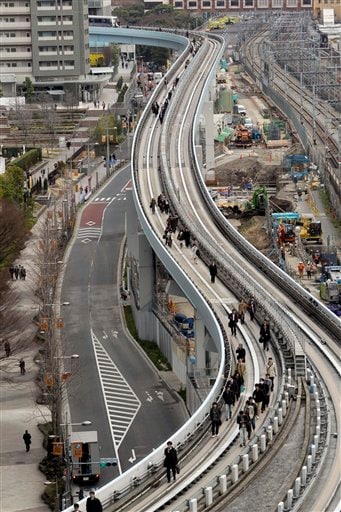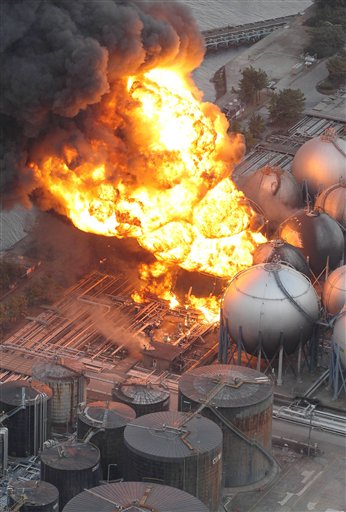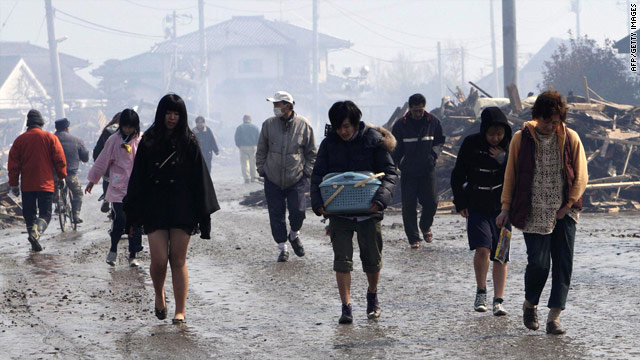JAPAN: EARTHQUAKE AND TSUNAMI SHOCKWAVE
TOKYO — Nearly 24 hours after a massive, magnitude 8.9 earthquake struck Japan's northeast coast, unleashing a 23-foot tsunami that swept hundreds to their deaths and washed away structures, rescuers fanned out Saturday morning to search for survivors and victims.
.
TOKYO — Nearly 24 hours after a massive, magnitude 8.9 earthquake struck Japan's northeast coast, unleashing a 23-foot tsunami that swept hundreds to their deaths and washed away structures, rescuers fanned out Saturday morning to search for survivors and victims.
.
























